Most powerful empires which existed in the world
Much of the world has historically been governed by empires. An area of land must be ruled politically by a monarch, an emperor, or an oligarchy in order to be referred to as an empire.
We thought it would be fascinating to look at the biggest empires in history since the decline of the United States is being hailed in the news and opinion of the world. The only thing they all have in common, other from their leadership style, is that they all vanished.
Rashidun Caliphate: powerful empires
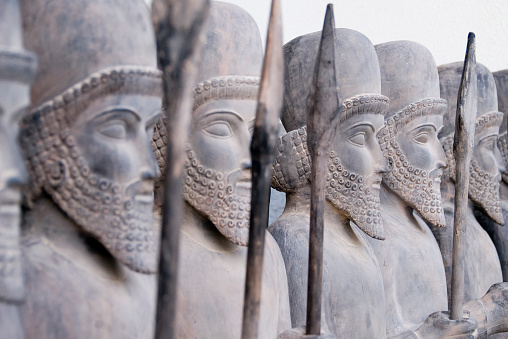
IMAGE CREDITS: istockphoto.com
Almost 6% of the earth’s landmass, or more than 3 million square miles, was occupied by the Rashidun Caliphate. As Muhammad passed away in 632 AD, his followers fought to take over his empire while the great prophet’s family prepared for his funeral. This is when the Islamic Empire was born.
Even though it was a Caliphate or a religiously based empire, the people of different religions who were captured received favourable treatment. As long as they paid taxes to the Caliph, they were free to practice the religion they chose.
Portuguese Empire
The empire started in 1415 with the conquest of Ceuta and finished in 1999 with the transfer of Macau. Brazil, the most valuable colony of the empire, gained independence in 1822. All of the empire’s colonies, with the exception of Macau, were granted independence after a struggle to topple the regime in 1974. In 1999, Macau was given over to China.
Abbasid Caliphate: powerful empires
IMAGE CREDITS: Unsplash.com
More over 7% of the earth’s area, or 4.29 million square miles, was occupied by the Abbasid Caliphate. In 750, the empire claimed to have a population of undetermined size, with Baghdad serving as its capital.
The empire lasted from 750 until 1258, and although population figures are unclear, it only started to decrease as the Turkish army gained strength.
Umayyad Caliphate: powerful empires
5.02 million square miles, or more than 8% of the total area of the planet, were occupied by the Umayyad Caliphate. Almost 30% of the world’s population, or 62 million people, lived in the empire between 720 and 750.
While the Umayyad line started in Mecca and chose Damascus as its headquarters, the second Islamic caliphate was established in Arabia after the death of the Prophet Muhammad. Between 661 to 750 A.D., the Umayyad Caliphate, so named for the great-grandfather of the first Umayyad caliph, governed.
Yuan Dynasty: powerful empires
More over 9% of the earth’s landmass, or 5.41 million square miles, was occupied during the Yuan Dynasty. In 1291, the empire was home to about 60 million people, or 17% of the entire world’s population. In 1271, the Genghis Khan’s great-grandson established the Yuan Dynasty.
Kublai Khan unified all of China by capturing the capital of the opposing Southern Song Dynasty five years after the empire was established. The dynasty lived a prosperous life, promoting trade with other nations and receiving a visit from renowned Italian trader Marco Polo.
Qing Dynasty: powerful empires
IMAGE CREDITS: Unsplash.com
Almost 10% of the earth’s landmass, or 5.68 million square miles, was occupied during the Qing Dynasty. More over 35% of the world’s population, or more than 432 million people, lived in the empire in 1851.
The Qing Dynasty, which was established after the Chinese vanquished the Mongols, controlled China from the 17th to the 20th century, with its heyday in the 1800s. Upon the conclusion of the Qing Dynasty, the Republic of China assumed control of the government.
Spanish Empire
More over 13% of the earth’s landmass, or 7.72 million square miles, was occupied by the Spanish Empire. Between 1740 and 1790, the empire had 68.2 million inhabitants, or nearly 12% of the world’s population.
In some regions of Africa, Spain’s empire persisted into the later 20th century and dates back to the time of Christopher Columbus. The second most spoken language in the world now is Spanish.
Russian Empire
More than 15% of the earth’s landmass, or 9.15 million square miles, was occupied by the Russian Empire.
In 1913, the empire had 176.4 million inhabitants, accounting for more than 9% of the global population. Before to World War I, one of the five major powers in Europe and the last absolute monarchy in the continent was Russia. during the empire’s reign. Five socioeconomic estates were rigorously divided from one another. The brutal Russian Revolution of 1917 brought an end to the Russian Empire.
The Mongol Empire
IMAGE CREDITS: Unsplash.com
More over 16% of the earth’s area, or 9.15 million square miles, was occupied by the Mongol Empire. From 1270 and 1309, the empire had 110 million inhabitants, or more than 25% of the world’s population.
The Mongol Empire, which was the largest continuous empire in history, was formed as a result of Genghis Khan’s unification of the Turkish and Mongol tribes. Throughout their empire, the Mongols made strides in a number of beliefs and technology. The Mongolian Empire fell into a lengthy, sluggish collapse beginning in 1331, which culminated in Russia’s takeover of the country in 1783.
British Empire
More over 22% of the earth’s landmass, or 13.01 million square miles, was occupied by the British Empire. In 1938, the empire had 458 million citizens, accounting for more than 20% of the global population.
It contained 13 million square miles of land, or more over 22% of the total landmass of the planet. 458 million people, or roughly 20% of the world’s population, lived in the Empire in 1922. The British Empire’s demise was ushered in by the financial weight of World War I.
Persian Empire: powerful empires

IMAGE CREDITS: istockphoto.com
Cyrus the Great, often known as King of Kings, established the Achaemenid Persian Empire in 550 BCE (Shahanshah). The Persian Empire had a lasting impact on the advancement of world civilizations and following empires, despite meeting an unceremonious end at the hands of Alexander the Great in 330 B.C.E. The Persian Empire played a crucial role in world history because it was the first real empire and defined what an empire was for all succeeding ones.


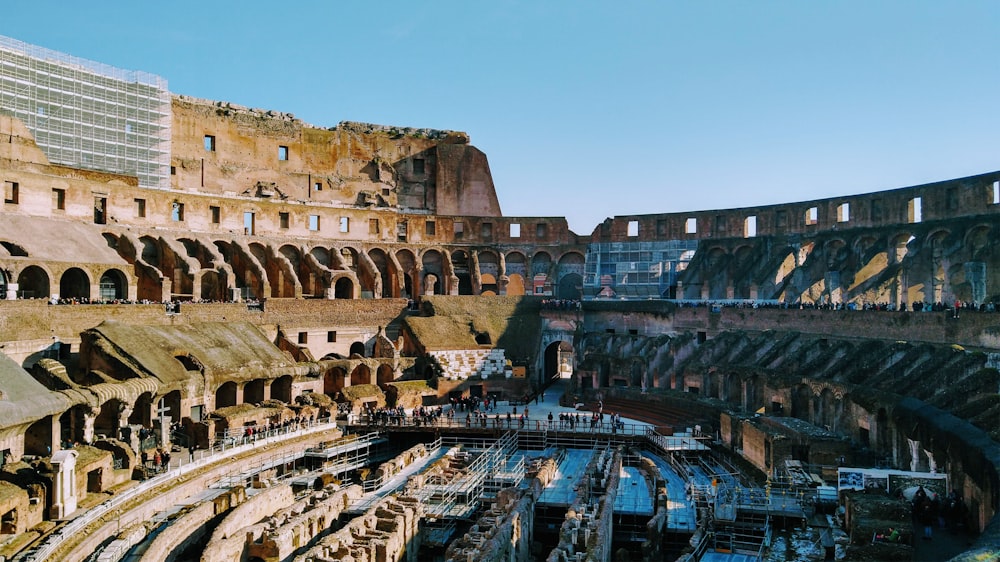
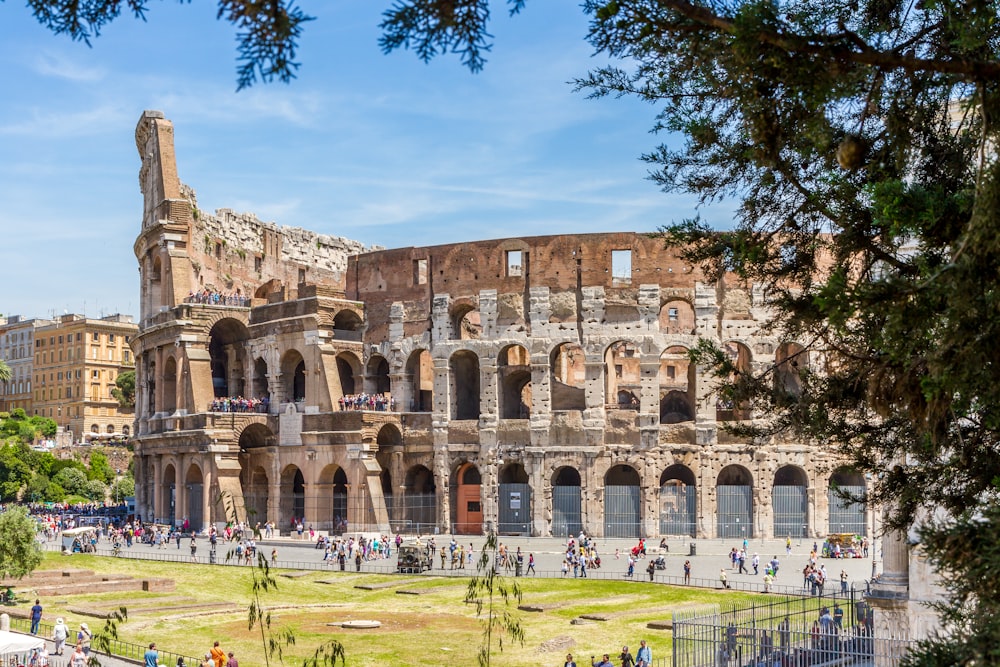
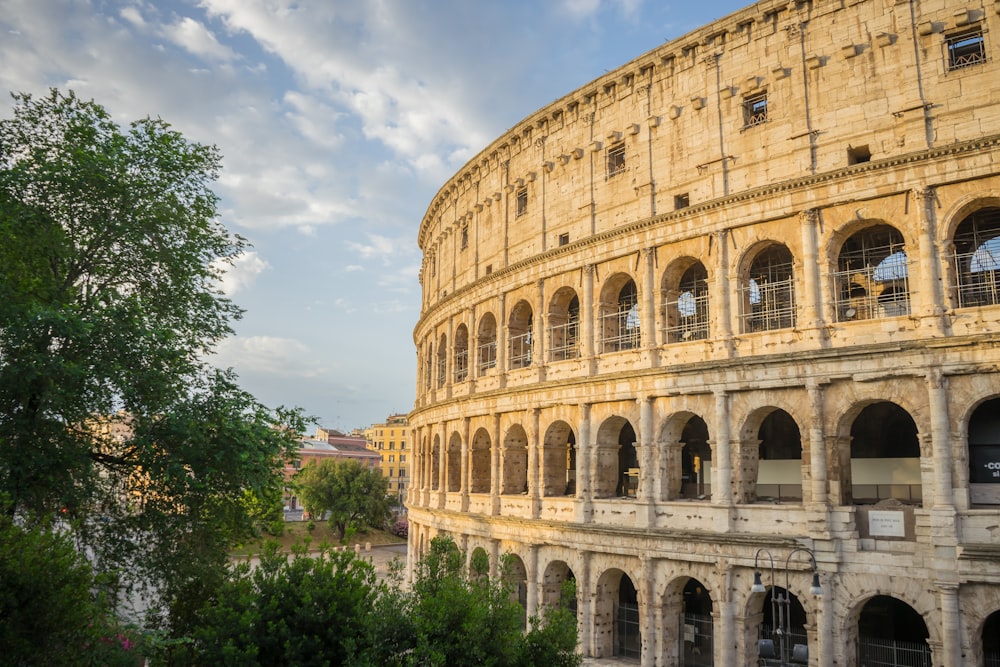

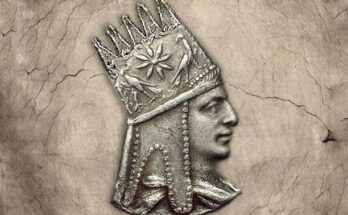

One Comment on “Most powerful empires which existed in the world”